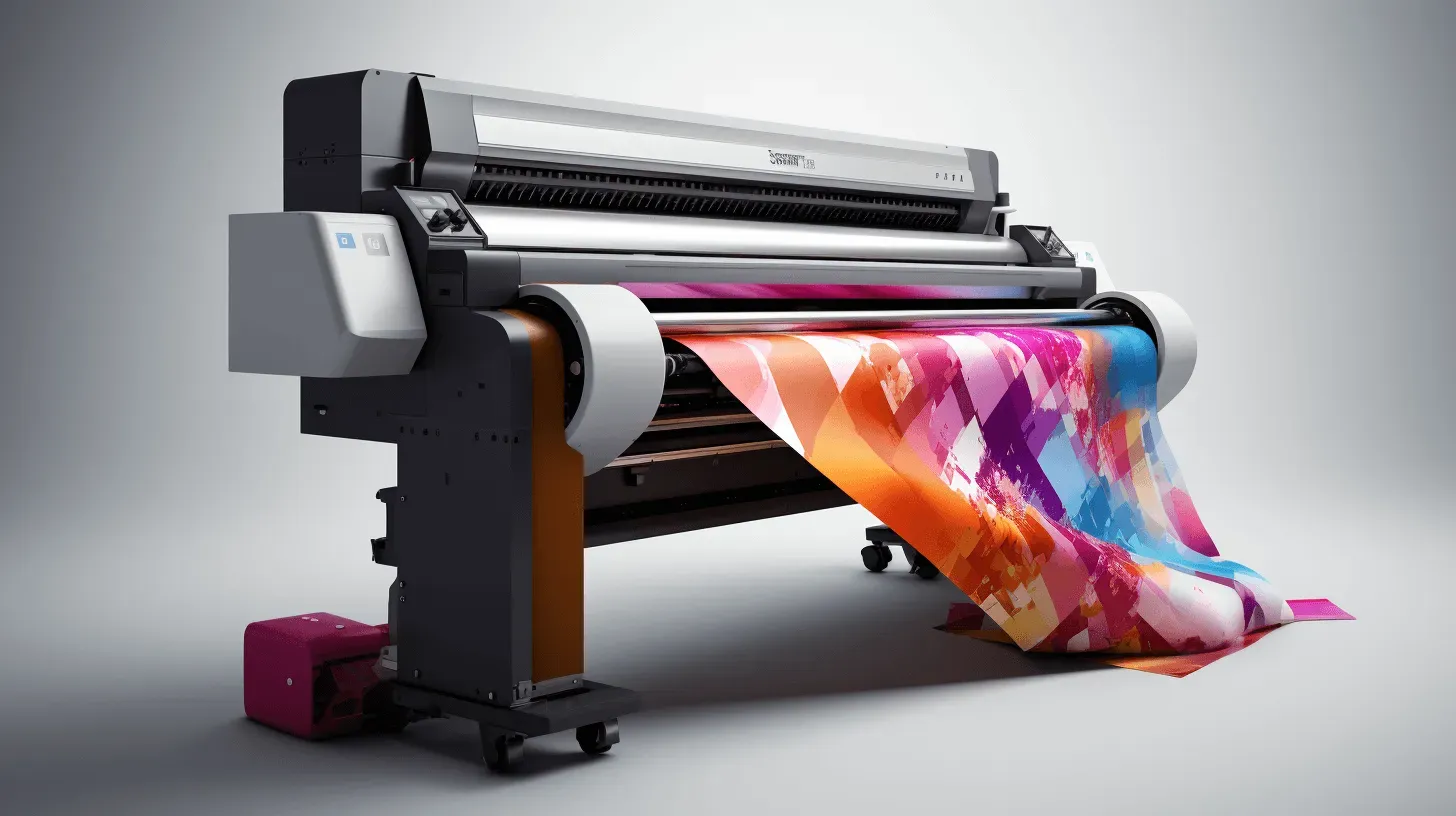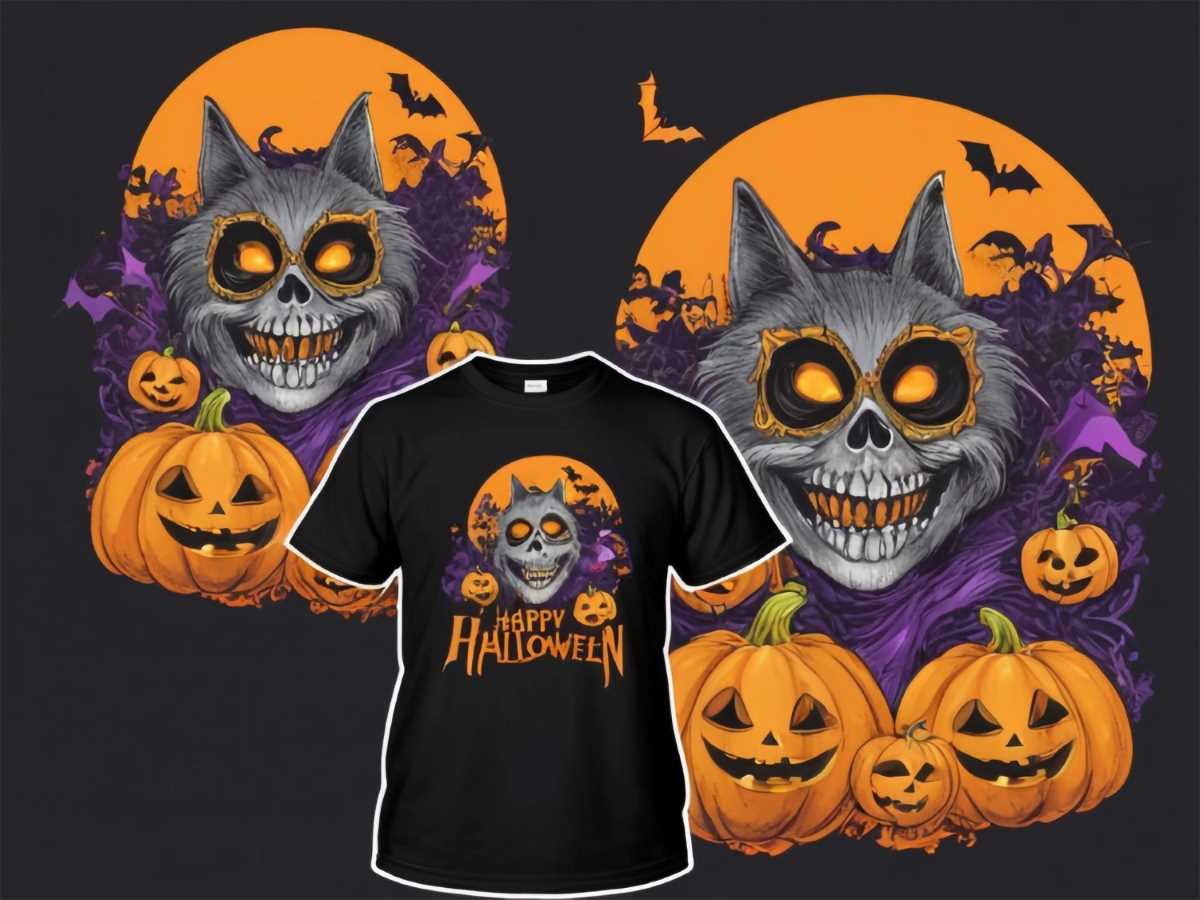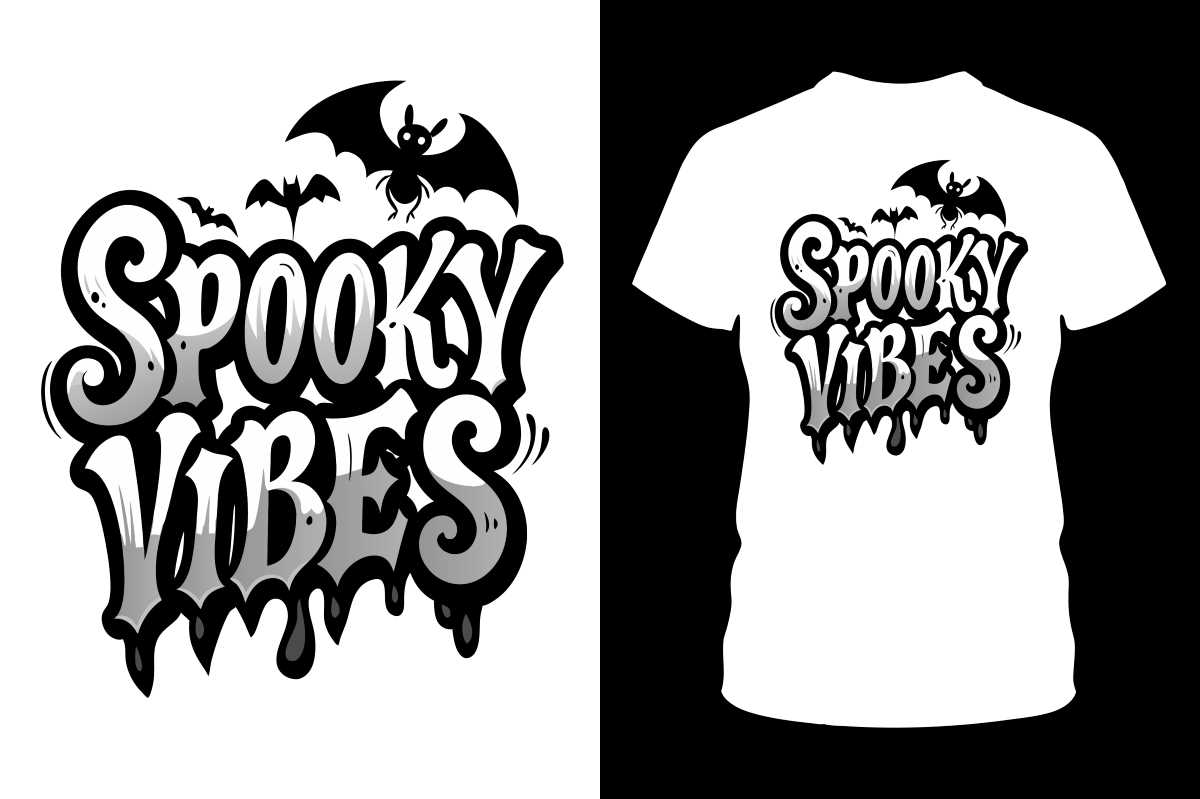DTF printing, or Direct to Film printing, is revolutionizing the custom apparel industry with its efficiency and versatility. This innovative technique allows for high-quality designs to be printed directly onto films, enabling vibrant, multi-color prints that can be transferred onto a range of fabrics. Unlike traditional methods, the DTF printing process is cost-effective and user-friendly, making it accessible for both beginners and seasoned professionals alike. With the right DTF printing equipment, anyone can create stunning custom apparel that stands out in the market. For those eager to dive into this dynamic printing method, a comprehensive DTF printing guide can help streamline the learning process and ensure successful outcomes for every project.
When it comes to garment decoration, the term Direct to Film printing is often used interchangeably with DTF. This modern printing technique, which involves transferring intricate designs onto fabric, has garnered immense popularity due to its blend of quality and affordability. Often regarded as a game-changer for custom apparel decoration, DTF provides greater design flexibility compared to traditional screen printing. The ease of setup and minimal equipment requirements make Direct to Film a favored choice among both startups and established businesses venturing into apparel design. As the world of printing continues to evolve, techniques like DTF not only enhance the creative possibilities but also streamline the production process.
Understanding the DTF Printing Process
The DTF printing process is designed to be straightforward, making it accessible for both novices and experienced printers. The first crucial step involves creating your design using software like Adobe Illustrator or CorelDRAW, ensuring that the artwork is in high resolution for optimal clarity. Once your design is ready, the DTF printer takes over, producing a high-quality output onto specialized transfer film. This innovation allows for a seamless transition between digital creation and physical product.
After the printing phase, the next step involves applying DTF adhesive powder to the wet ink on the film. This is a vital part of the process, as it ensures that the design adheres effectively to the fabric during the heat transfer phase. Following the powder application, the film must be cured with heat to bond the powder to the design before the actual transfer takes place. Thus, mastering these steps is essential for achieving vibrant and durable prints.
Essential Equipment for DTF Printing
Getting started with DTF printing requires specific equipment to ensure quality output. The primary tool needed is a DTF printer, which uses inkjet technology to apply DTF inks onto the transfer film. Investing in a quality printer capable of handling the desired print sizes is crucial for maintaining a competitive edge in custom apparel printing. Additionally, the type of transfer film used significantly impacts final results; opting for high-quality films ensures that your prints come out crisp and clear.
Aside from the printer and film, you’ll need adhesive powder that provides the necessary bond between the printed design and the fabric. Various types of adhesive can yield different results, enabling you to experiment until you find the best fit for your printing needs. Lastly, a reliable heat press machine is essential for successfully transferring your designs onto the fabric. The combination of these tools creates a robust setup for any DTF printing endeavor.
Advantages of DTF Printing Over Other Methods
One of the standout advantages of DTF printing is its versatility across various fabric types. Unlike traditional methods that may struggle with color intensity and fabric suitability, DTF can seamlessly print on cotton, polyester, and even mixed fabrics. This broad adaptability makes it especially appealing for businesses focused on custom apparel, as it opens up a wide array of product options without compromising on quality. From t-shirts to hoodies, the DTF process can handle intricate designs that capture attention.
Moreover, DTF printing is exceptionally cost-effective, especially for small runs and personalized items. This affordability allows new businesses to manage expenses while fulfilling customer orders effectively. Unlike screen printing, which often requires extensive setup costs for bulk orders, DTF provides flexibility, allowing creators to produce smaller batches at a lower price point. As a result, this method not only meets demand efficiently but also caters to those just entering the custom printing market.
DTF Printing for Beginners: A Step-by-Step Guide
For beginners, navigating the DTF printing landscape can be a rewarding yet challenging experience. The first step is to familiarize yourself with the design software needed to create your graphics. Ensure that you invest time in understanding the intricacies of your program of choice—this foundational knowledge will significantly impact the quality of your prints. Once your design is complete, proceed to print it onto the designated transfer film using your DTF printer.
Following this, you’ll need to carefully apply the adhesive powder. It’s crucial to sprinkle the powder evenly while the ink is still wet, as this ensures adherence upon heat application. Remember to cure the powder with the heat press before the final transfer to guarantee longevity and vividness of the prints. This structured approach not only demystifies the process for beginners but also empowers them to produce high-quality items from the outset.
Recent Trends and Innovations in DTF Printing
Recent trends indicate that DTF printing is rapidly gaining popularity, particularly among small businesses and independent creators. One notable innovation is the continuous improvement in printer technology, which enhances the quality and resolution of prints. As new inks are developed, they facilitate better color representations, enabling printers to achieve results that meet professional standards. This shift signifies a growing demand for personalized and custom applications in the marketplace.
Additionally, DTF printing is becoming increasingly adept at handling darker fabrics without the need for an under-base print. Traditional methods often require pre-treatment steps to ensure vivid color outputs on dark materials, whereas DTF simplifies this process. These innovations not only streamline the workflow but also drive interest among hobbyists and entrepreneurs, allowing them to leverage DTF printing effectively without extensive investment.
Resources for Mastering DTF Printing Techniques
For those eager to dive deeper into DTF printing, various resources offer invaluable insights and hands-on guidance. YouTube is an excellent platform filled with tutorials and practical advice from experienced printers. Many channels focus on step-by-step demonstrations of the DTF process, showcasing both common pitfalls and best practices. Engaging with visual content can greatly enhance your understanding and skills in this printing technique.
In addition to video resources, joining online forums specific to DTF printing can provide a strong support network. These communities often share tips, troubleshoot issues, and exchange ideas that can help newcomers navigate the challenges of DTF printing. Networking with other enthusiasts and professionals offers rich opportunities for learning and can significantly boost your confidence as you experiment with your projects.
Frequently Asked Questions
What is DTF printing and how does it work?
DTF printing, or Direct to Film printing, is a method that allows high-resolution designs to be printed on a special film and then transferred to apparel using heat and pressure. This process is versatile, suitable for various materials, and is gaining popularity in custom apparel printing due to its cost-effectiveness and quality.
What equipment do I need for DTF printing?
To get started with DTF printing, you’ll need a specialized DTF printer, specific transfer films made for DTF, adhesive powder, and a heat press machine. This equipment is essential for achieving quality prints and successfully transferring designs to different fabrics.
What are the advantages of using DTF printing for custom apparel?
DTF printing offers several advantages, including versatility across various fabric types, high-quality vibrant colors, cost-effectiveness for small runs, and ease of use, making it an ideal choice for custom apparel printing. Additionally, DTF allows for detailed full-color designs without the complexity involved in traditional printing methods.
Can DTF printing be used on dark fabrics?
Yes, DTF printing is particularly advantageous for printing on dark fabrics, as it does not require a white under-base like traditional screen printing. This capability makes DTF an excellent option for vibrant designs on a variety of fabric colors.
Is DTF printing suitable for beginners in custom apparel printing?
Absolutely! DTF printing is beginner-friendly due to its straightforward process, which involves design creation using graphic software, printing onto films, and transferring via heat press. With the right resources and equipment, newcomers can quickly learn the DTF printing process and start creating custom designs.
Where can I find resources to learn more about DTF printing?
To deepen your understanding of DTF printing, consider exploring online resources such as YouTube tutorials, forums focused on DTF printing, and comprehensive guides from trusted printing websites. These platforms provide valuable insights, tips, and community support for beginners and advanced users alike.
| Feature | Description |
|---|---|
| Versatility | DTF printing is suitable for various materials, making it ideal for custom apparel. |
| Cost-Effectiveness | More economical for small runs than traditional methods like screen printing. |
| Quality | High resolution, vibrant colors, and uses eco-friendly water-based inks. |
| Ease of Use | User-friendly process suitable for beginners, involves design, print, powder, and transfer steps. |
Summary
DTF printing is an innovative and versatile method for producing high-quality custom designs on fabrics. It appeals to both beginners and experienced printers due to its cost-effectiveness, stunning print quality, and ease of use. With a relatively simple setup and a range of applications, DTF printing allows individuals and small businesses to create intricate designs that stand out. As the technology continues to evolve, it becomes increasingly accessible, making it an excellent choice for anyone looking to dive into the world of custom apparel. Whether you’re creating unique gifts or starting a clothing line, DTF printing can help bring your creative vision to life.



